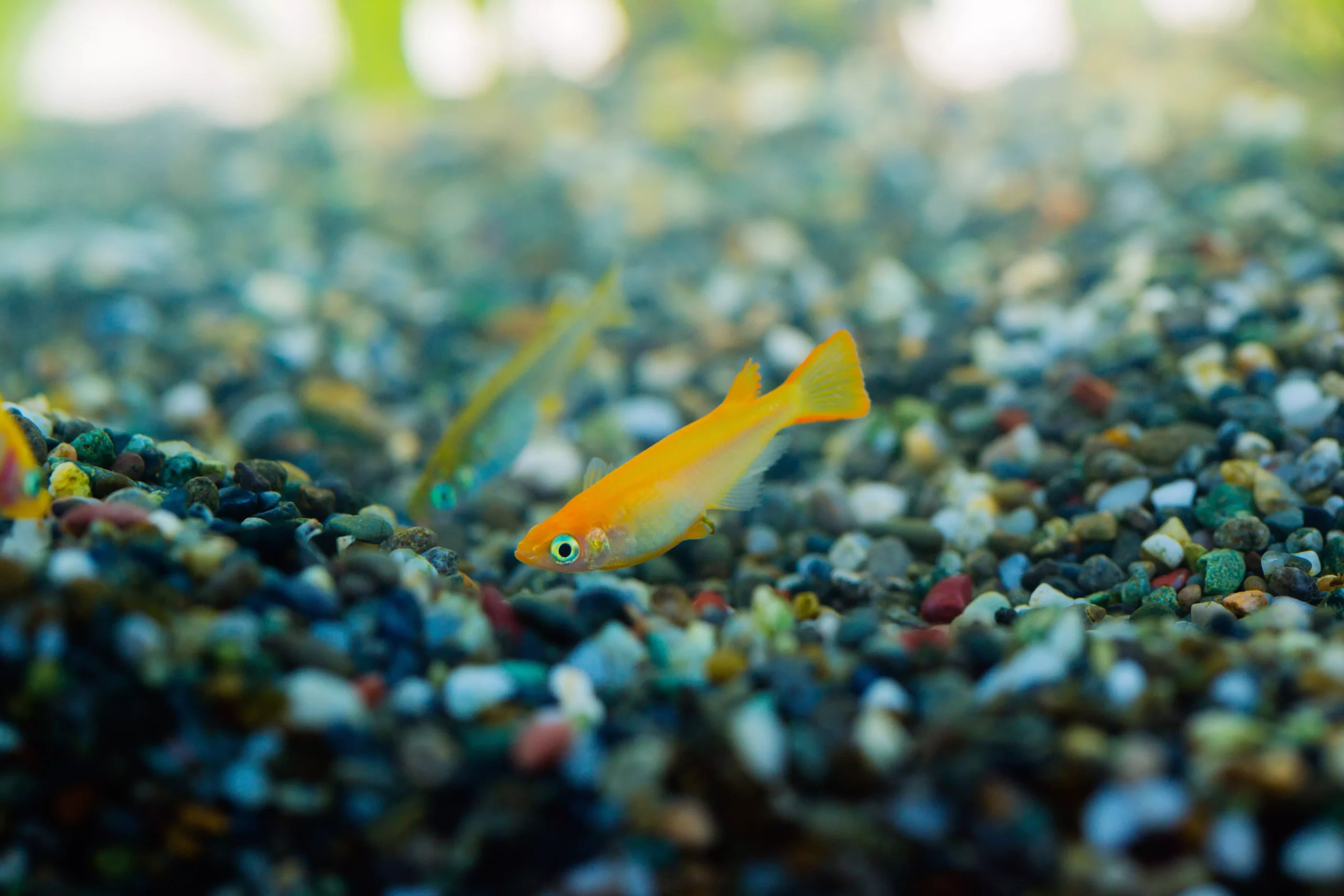Setting up an aquarium is often an exhilarating experience for aquatic enthusiasts, but one crucial element that shouldn’t be overlooked is the substrate. Although it might appear as mere decoration to the untrained eye, substrate is a fundamental component of an aquarium’s ecosystem, influencing everything from water quality to the health and behavior of the fish. In this article, we will explore the significance of choosing the appropriate substrate, considering factors such as functionality, aesthetic appeal, and the welfare of the aquatic life you wish to keep.
Aquarium substrate refers to the material that covers the bottom of the tank, and it comes in a plethora of colors, textures, and materials. Choosing a substrate solely based on aesthetics, while common, can lead to functional issues down the line. Substrate serves multiple purposes that are essential for creating a thriving aquatic environment. It provides a solid foundation for beneficial bacteria to flourish, which plays a vital role in the nitrogen cycle—a process that breaks down fish waste into less harmful substances. Without appropriate substrate, the effectiveness of this natural filtration can be compromised.
Moreover, the substrate acts as a habitat for the roots of live plants. Specialized substrates can even supply necessary nutrients that nourish these plants, promoting their health and, consequently, the overall balance of the aquarium ecosystem. This multi-faceted role of the substrate underscores the need to consider both its type and texture carefully before setting up an aquarium.
The choice of substrate also has a significant impact on the psychological well-being of the fish. Many species of fish are naturally inclined to burrow or root through substrate, and a suitable material can provide not only comfort but also safety. Fish that forage on the tank bottom will be frustrated if the substrate is too coarse or unsuitable, leading to stress or abnormal behavior. Mottled substrates can also provide a sense of security by camouflaging the fish, reducing reflection and the feeling of being exposed to predators.
It’s also important to consider breeding habits. For species that scatter their eggs on the bottom, a bare tank can result in the eggs being eaten almost immediately post-spawning. A substrate with varying textures or sizes can help protect these vulnerable eggs from adult fish, ensuring a higher chance for their survival.
While functionality is paramount, aesthetic considerations for the substrate are undeniably important as well. The visual appeal of an aquarium significantly enhances the enjoyment and relaxation it brings to viewers. Substrates come in diverse colors and styles, from natural browns and greens that mimic river beds to electric hues that can transform the aquarium into a dazzling spectacle. The right color can not only compliment the fish but also harmonize with the overall theme of the aquarium, creating a visually pleasing landscape.
However, debates around substrate colors often show a divide among aquarium hobbyists. Some lean toward more natural coloration, believing it creates a more authentic environment for the fish. Others favor bright, unconventional colors, emphasizing personal style over natural accuracy. Ultimately, the choice should depend on the comfort of the fish, water conditions, and the owner’s personal taste.
Regardless of design choices, ongoing maintenance is an integral part of aquarium care. It’s vital to regularly clean the substrate to prevent the build-up of waste. A specialized gravel vacuum is an effective tool for this task, allowing you to remove debris while still preserving the substrate. Ideally, this should be done during partial water changes, approximately once a month, to maintain a clean and healthy environment.
When deciding on substrate depth, it is recommended to aim for around two inches for gravel-based systems. However, if sand is chosen, a shallower depth—typically around one to one and a half inches—can help avoid the creation of anaerobic zones, which can be harmful.
The selection of substrate in an aquarium goes far beyond mere aesthetics. Considering the ecological, psychological, and practical implications is essential for creating a nurturing habitat for aquatic creatures. While it is understandable to be drawn to vibrant, colorful substrates, it’s vital to ensure that the substrate meets the specific needs of the fish and plants. A well-chosen substrate can enhance not only the visual appeal of your aquarium but also the health and happiness of its inhabitants. By investing time into selecting the right substrate, aquarium owners can cultivate a vibrant aquatic community that flourishes both visually and environmentally.

